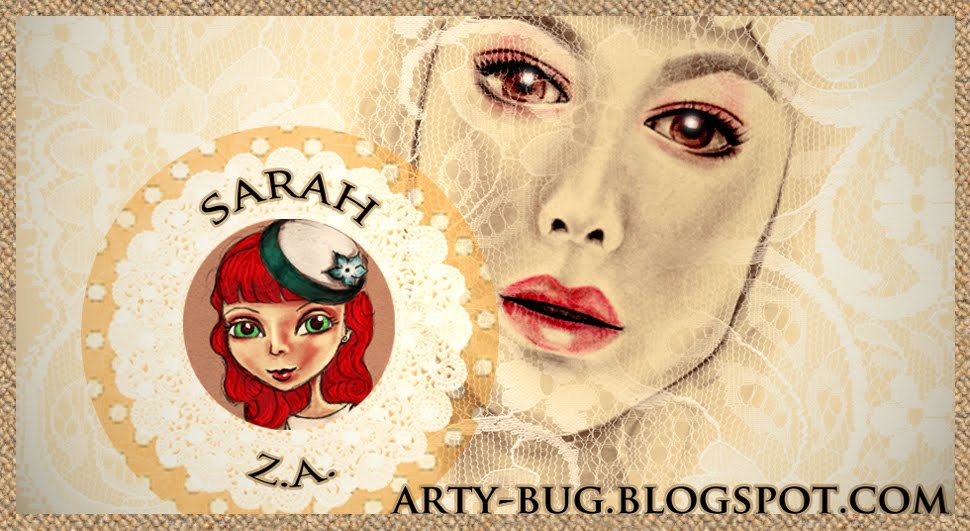The Chimerical Castle (Image Heavy)
I guess now is a good time to finally share these books which i'd been keeping for some time.
Welcome to the dark side of children's book illustrations.
Yep I found these books on a supermarket shelf opposite those of kids' coloring books. Totally puzzled me why they were there in the first place cos they seem a lil to freaky for kids. Well maybe kids these days are more sadistic *shrugs*.
I'm loving the illustrations and doll images. Plus, they were cheap too (bought both books at a total cost of about S$10). If you take a look down at Basheer Bookstore at Bras Basah Complex, illustration books costs more like ridiculously wayyy more.
This is the illustrator, one of the pioneers of such style in China.
Found some of these pics by googling a URL link given in the books. Did it some time ago so i forgot his name :x But the link's dead anyway but i will update his name when i rediscover it.
Got my roomie to translate some of the Chinese poetry in there and turns out they are somewhat sad and dark. One image shows a pair of free hanging legs probably a doll hung on a tree among other mysterious ones which i didn't scan in.
One thing's definitely missing in his illustrations.... BLOOD. There's no blood.
Oh yeah i forgot they are just dolls.
I've been tasting blood in my mouth almost everyday for the past three days after a surgery. Kinda getting used to the stitches on my gums and inner cheek and it's quite an experience to have the right side of my tongue numb for a day. My lower lip on the right still haven't gotten back all its feeling. Gives a tingle-ish sensationwhen touched. Lolz.
Ok that ends my rant for the day. Have a great weekend everyone!


























